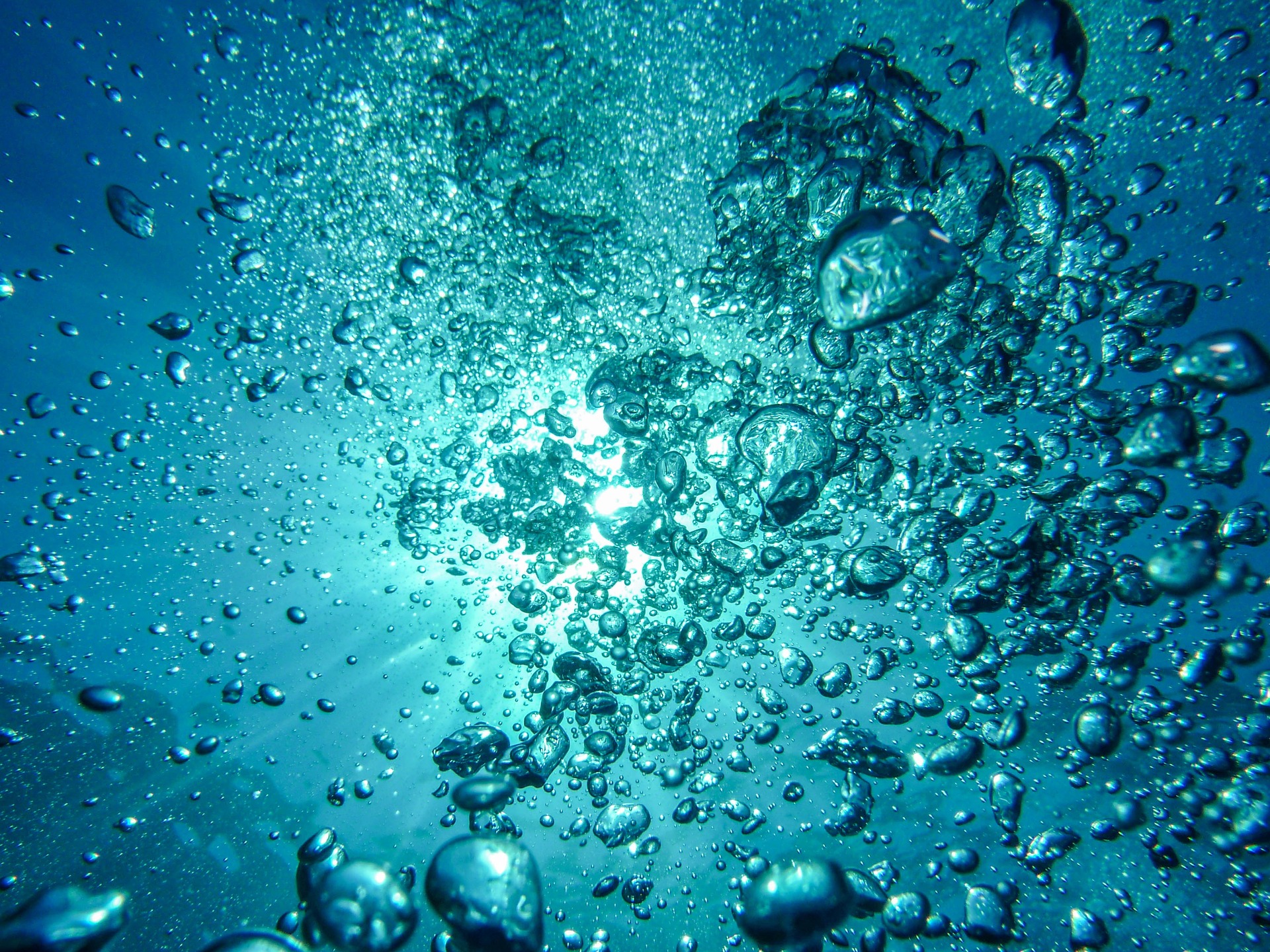Physical factors
- Seasonal changes- This is when there are changes in the seasons, will dictate the rates of precipitation and the level of evapotranspiration. During the summer, when there are warmer temperatures will lead to a decrease in the rate of precipitation which will be captured by the vegetation store through interception assuming there are judicious trees. This vegetation cover will act as an additional layer of protection. Due to the lack of precipitation what stores like soil moisture and channel stores will be in a deficit, thus leading to a decrease in the rates of evapotranspiration towards the end of the summer. Therefore, the flows within doubled cycle will decrease as the stores become bear. During the winter, where precipitation rates are greater will lead to a decrease in the rate of interception and through full due to the lack of leaves on trees, thus precipitation will quickly infiltrate through the soil. Therefore, their maximum capacity or the soil moisture store would be reached much quicker and become saturated. Thus, excess rainfall, will become surface run off as it enters channel stores increasing its discharge levels. Though in winter, the precipitation may fall as show and land on the surface, thus once melted will become large flows of run off.
- Storm events- This is when there is a large increase the input of water by precipitation will stop this will lead to a large flow of water through stem flow and through full, thus large volumes of water will gather at the surface of the soils. This will lead to an increase in infiltration, assuming permeable soils, therefore the maximum capacity of the soil would be reached much faster leading to saturated soils. Excess water will become surface run off as it enters open water sources like rivers, thus leading to a higher peak discharge and increases the risk of river flooding. Depending on the size of the storm event, this process can be relatively quick thus short time lags.
Human factors
- Farming practises- arable farming is the growing of crops. This increases the magnitude of the vegetation, thus leading to an increase in the rate of stamp low and increases the store of interception. The crops act as an additional layer of defence for the soil. Therefore, the time taken for the water to be infiltrated will be less. However, before the planting of the crops, stitches would have to be dug to plant the seeds. These dishes will act as a channel store, the swears and input of precipitation, or lead to the ditch is being filled with water and acting as channel flows increasing overland flow. Pastoral farming involves the breeding of cattle. When these cattle are let out to graze on pasture fields, this decreases the magnitude of the vegetation cover, which exposes the soil. This would lead to an increase in infiltration eventually surface run off rates, leading to an increase in the risk of flooding. In addition, when the cattle tramp on exposed soil, they compact the soil which becomes more impermeable. This will reduce infiltration and increase surface run off.
- Land use change- deforestation involves the removal of trees to create more productive land space. The decrease in the magnitude of the vegetation cover will lead to a decrease in the rate of stem flow and interception, thus exposing the soil to the precipitation . Therefore, assuming permeable soils soil moisture would become saturated much quicker leading to increased surface run off. Urbanisation involves the changing their natural landscape. The increased number of impermeable surfaces like tarmac and concrete, will reduce infiltration and increased surface run off. This will increase the risk of flooding if there is a poor urban drainage system.
- Over abstractions- this is when freshwater is removed from aquifers for utilisation for industry and consumption at a faster rate than it is able to be replenished.the removal of water from groundwater stores can have local changes on the land. This can be evident evidenced in China where over abstraction of water from the north plains aquifer to the West of China through a network of pipes has seen a rebounding affects on the land as it becomes lighter. This has led to an isostatic sea level rise along the North East coastline, reducing the risk of coastal flooding . In Brazil, or water shortage has led to locals abstracting water themselves through wells , but this had led to contaminated water as the wells did not go deep.
